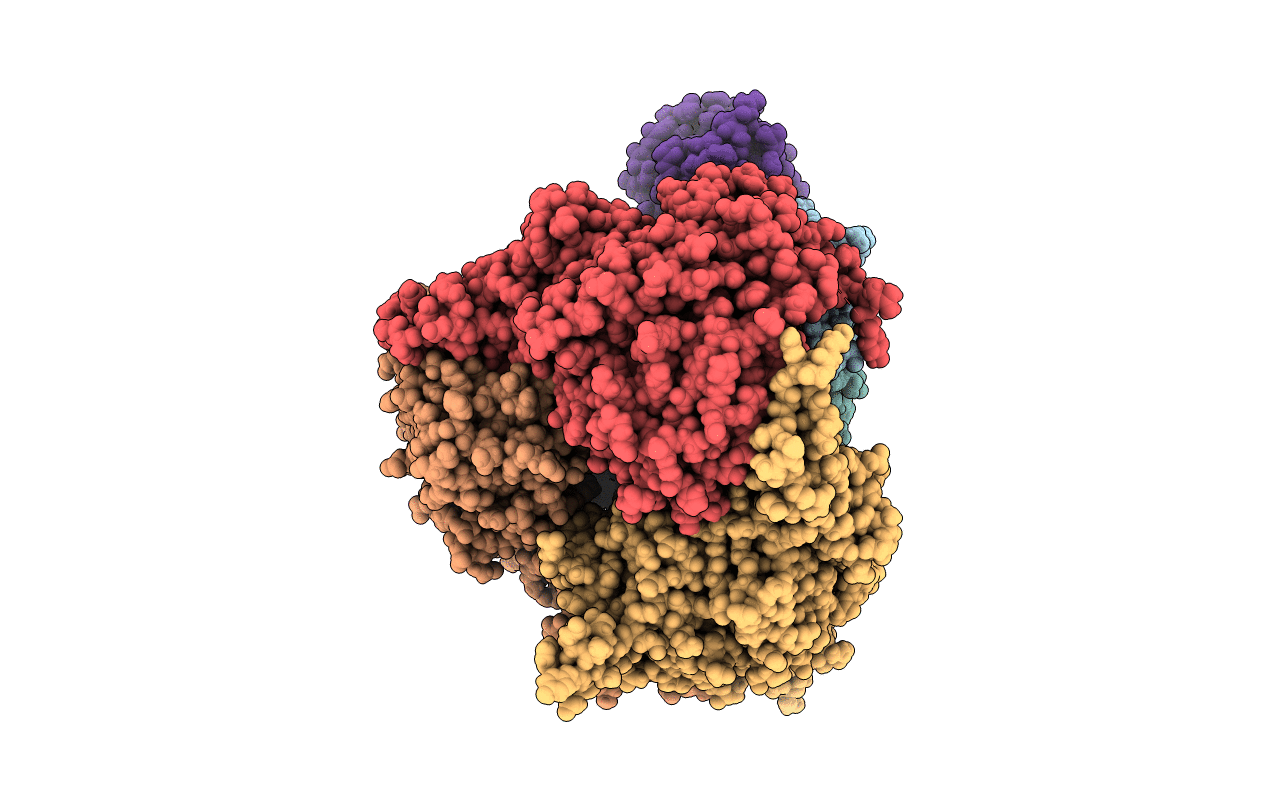
Deposition Date
2021-10-14
Release Date
2022-04-06
Last Version Date
2024-11-13
Entry Detail
Biological Source:
Source Organism:
Comamonas sp. (Taxon ID: 34028)
Gallus gallus (Taxon ID: 9031)
Gallus gallus (Taxon ID: 9031)
Host Organism:
Method Details:
Experimental Method:
Resolution:
2.28 Å
R-Value Free:
0.22
R-Value Work:
0.17
Space Group:
P 61


